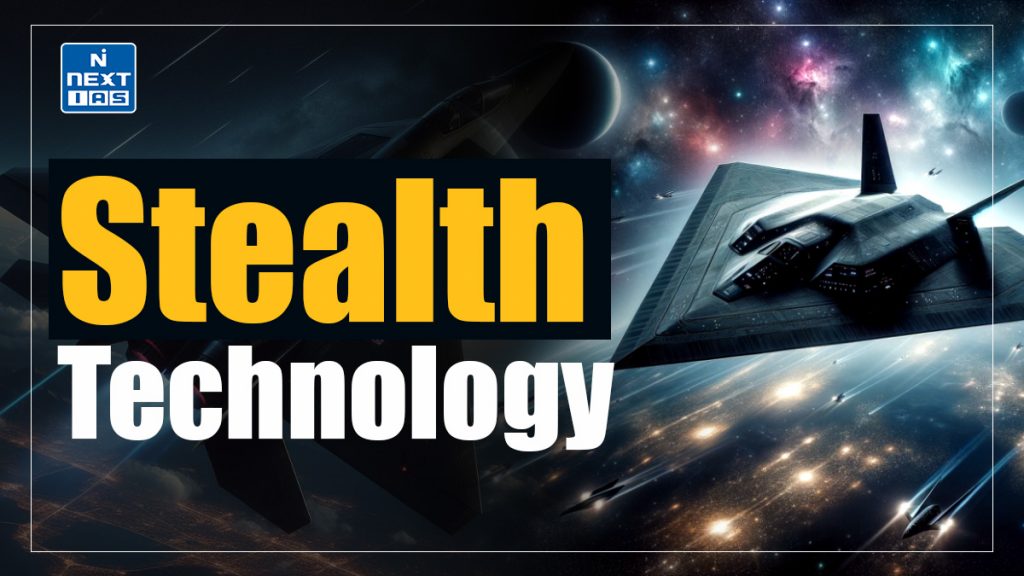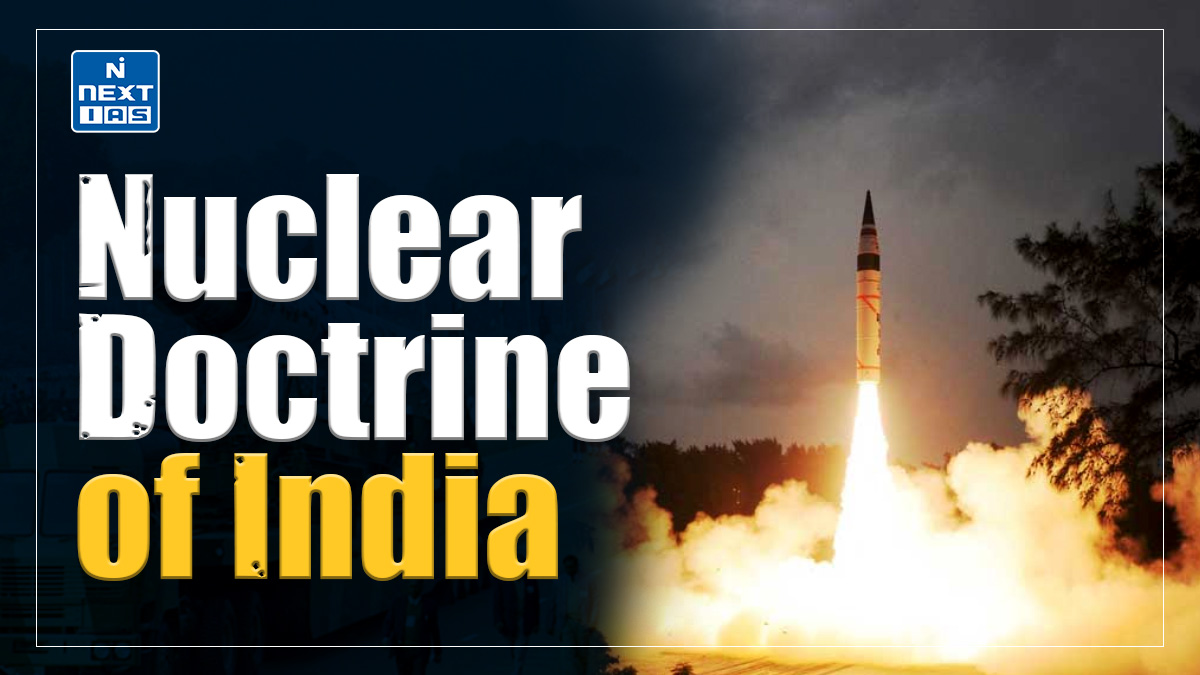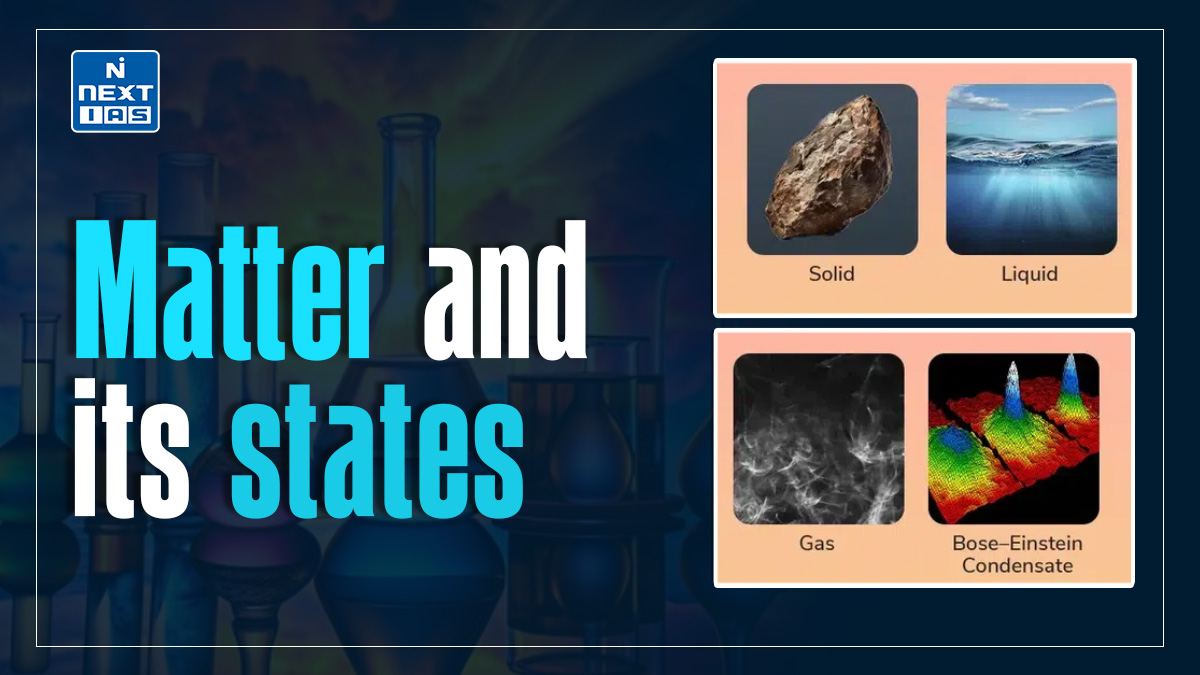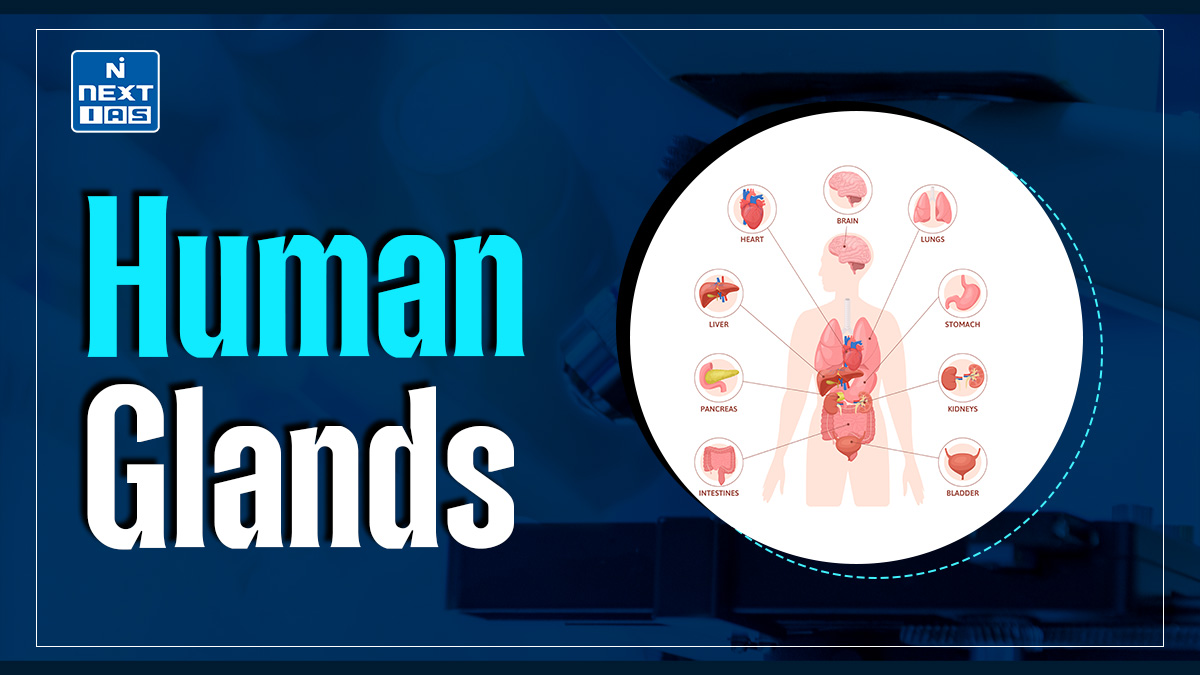
Stealth technology, or low-observable technology, reduces an object’s detection by radar, infrared, sonar, and other sensors. Primarily used in military applications, it enhances the survivability of aircraft, ships, and missiles by minimizing their visibility. Techniques include special materials, shapes, and coatings that absorb or deflect signals, enabling covert operations.
What is Stealth Technology?
- Stealth technology, also known as low-observable technology, is a set of design techniques and materials used to make vehicles or objects less detectable by radar, infrared, sonar, and other detection methods.
- Primarily used in military aircraft, ships, and missiles, it aims to reduce the signature or detectable characteristics of these assets, such as radar cross-section, heat emissions, and sound, making them harder for adversaries to locate or track.
Key Methods in Stealth Technology Include
- Shaping: Designing surfaces and edges to deflect radar waves away from the source.
- Radar-Absorbent Materials (RAM): Using special materials that absorb radar signals rather than reflecting them.
- Infrared Suppression: Reducing heat emissions to lower infrared visibility.
- Noise Reduction: Minimizing sound to evade sonar detection in submarines or other vehicles.
- Stealth technology allows military forces to conduct operations with a higher degree of secrecy and survivability by evading detection.
Significance of Stealth Technology
Stealth technology holds significant strategic and tactical importance in modern warfare. Here are key reasons why:
- Enhanced Survivability: By minimizing detection, stealth technology reduces the likelihood of interception, allowing assets to penetrate enemy defenses with a lower risk of being targeted or attacked.
- Surprise Advantage: Stealth technology enables forces to strike unexpectedly, gaining the element of surprise. This can disrupt enemy operations and create a psychological advantage.
- Mission Flexibility: Stealth allows for a wider range of operations, including reconnaissance, surveillance, and precise strikes in heavily defended areas that would otherwise be too risky.
- Increased Operational Effectiveness: By evading detection, stealth assets can operate closer to enemy positions, gather real-time intelligence, and enhance the effectiveness of allied forces with minimal exposure.
- Cost-Effectiveness in Conflict: Preventing detection reduces the need for larger escort forces and defensive measures, optimizing resources and lowering operational costs over time.
Stealth technology is vital in achieving air superiority, maritime dominance, and effective long-range strike capabilities, making it a cornerstone of modern defense strategies.
Recent Developments in the World in Stealth Technology
- Recent advancements in stealth technology highlight significant improvements in radar and sonar evasion capabilities for both aircraft and submarines. For example, the U.S. Air Force’s B-21 Raider, a next-generation stealth bomber, incorporates advanced radar-evading designs, making it more effective in high-threat environments.
- Its smooth exterior, optimized air intakes, and specially shaped windows reduce its radar cross-section significantly.
- These features allow the B-21 to evade detection more efficiently than previous models, like the B-2 Spirit, while supporting new technologies, such as unmanned flight modes and updated standoff weapons.
- Meanwhile, China’s Type-039C Yuan-class submarine represents a groundbreaking advancement in underwater stealth.
- Its uniquely angled sail deflects sonar signals, reducing detection by enemy systems and enhancing survivability.
- This design trend, focusing on angled shaping to reduce sonar signatures, is being adopted by other nations in their next-generation submarines, emphasizing the global interest in active sonar evasion.
Applications of Sealth Technology
Stealth technology is applied across various military platforms to enhance survivability, operational effectiveness, and the ability to conduct missions undetected. Key applications include:
- Aircraft: Stealth aircraft, like the F-35 fighter jet and B-2 and B-21 bombers, use radar-absorbing materials, smooth surfaces, and angular designs to minimize their radar cross-section, making them less visible to enemy radar. This allows them to conduct reconnaissance, air strikes, and surveillance in hostile territory with reduced risk of detection.
- Submarines: Stealth technology in submarines, such as China’s Type-039C and Sweden’s A26 class, reduces sonar detectability. Advanced hull shapes and sonar-absorbent coatings help deflect or absorb sonar waves, allowing submarines to navigate covertly in enemy waters.
- Naval Ships: Warships, including the U.S. Zumwalt-class destroyers, use angled hulls and composite materials to lower their radar visibility, reducing the likelihood of detection by enemy radar systems. These stealth features support a range of operations, from reconnaissance to direct engagement, with a lower risk of early detection.
- Unmanned Aerial Vehicles (UAVs): Stealth technology is increasingly integrated into UAVs, such as the U.S. RQ-170 Sentinel. Stealth UAVs can perform intelligence, surveillance, and reconnaissance missions while remaining undetected in high-threat areas, extending the reach and persistence of military forces without risking human pilots.
- Missiles: Stealth technology in missiles, like the AGM-158 Joint Air-to-Surface Standoff Missile (JASSM), enables them to evade detection and interception, enhancing the likelihood of reaching and hitting intended targets. Techniques include low radar cross-section designs and infrared suppression to reduce thermal signatures.
- Future Applications: As stealth technology evolves, it is anticipated to play a role in hypersonic vehicles and advanced unmanned systems, expanding operational capacities in hostile environments and enhancing the strategic advantages of stealth in both conventional and hybrid warfare scenarios.
Way Forward
- The future of stealth technology will likely focus on multi-domain integration, advanced materials, and AI-driven enhancements. Improved radar-absorbing materials and designs are expected to lower radar and sonar signatures further. This includes innovations in metamaterials, which could manipulate electromagnetic waves more effectively. Autonomous systems and AI will also play a crucial role, enhancing situational awareness and enabling adaptive stealth by adjusting an asset’s visibility based on threats.
- Additionally, multi-domain integration will ensure that stealth assets work seamlessly with other platforms, such as drones, satellites, and decoys, to disrupt enemy detection networks. Future developments may also explore quantum stealth technologies to minimize visibility across all detection spectrums. Together, these advancements will expand stealth capabilities, supporting superior survivability and operational reach in complex environments.
Conclusion
Stealth technology remains a crucial aspect of modern military strategy, enhancing the ability to conduct covert operations and evade advanced detection systems. By incorporating innovations in design, materials, and signal suppression, stealth assets such as the B-21 Raider and new submarines ensure increased survivability in hostile environments. As detection technologies evolve, so will stealth capabilities, solidifying their role in maintaining tactical superiority and securing strategic advantages in future conflicts.
GS - 3





